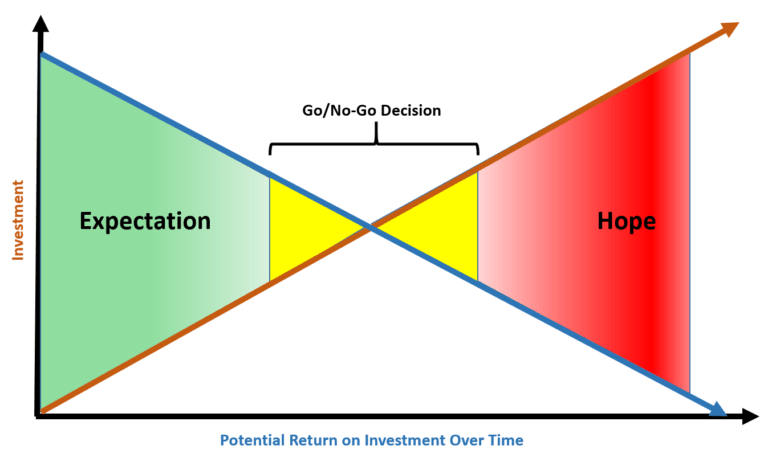Reviving the art of apprenticeship to unlock continuous skill development
Post-pandemic skill gaps need filling, and formal learning alone won’t do the trick. Scaling the lost art of one-on-one learning can make the difference.
Recognize this situation? A manager asks a team member to prepare a presentation. The draft falls short of what’s needed, so the manager expresses her disappointment and offers feedback via email, then waits for her colleague’s second try. The next iteration still misses the mark; the manager, pressed for time and concerned that her team member will never get the presentation quite right, takes over and rewrites it herself. In the end, the presentation is completed, but both parties leave the experience frustrated and demoralized—and no one has better skills than they had before the effort began.
As simplistic as this example may seem, the manager faced an all-too-familiar decision. The ticking clock continues to be the arbiter that frequently decides for us how we effectively develop people. We often tell ourselves, “I know I should help them learn this, but now is not the time.” At the root of this perspective is a tension between a manager’s dual obligations to deliver results and develop people. In the end, we often prioritize completing the task and cast aside the learning opportunity. However, these lost opportunities pile up, exacting a cost on individuals, professional development, and overall organizational health and cohesion.
The pressure for businesses to develop and reskill their employees, however, continues to increase. As businesses emerge from the pandemic, more than 80 percent of them face critical gaps in the skills needed to build resilience amid ongoing uncertainty. Learning and development will continue to play a crucial role in keeping pace with change, but only 42 percent of employees are taking up employer-supported reskilling and upskilling opportunities in their organizations.1 As remote work increases, teams become more diverse and geographically distributed, further straining a manager’s ability to meet individual employee needs. In short, there is simply too much to learn and not enough time for formal learning to meet all of an organization’s reskilling needs.
In these new circumstances, we believe that one age-old art can become central to an organization’s strategy for improving capabilities, learning, and culture: apprenticeship. Apprenticeship may feel counterintuitive in the face of intense workplace time pressures, but—with some modernizing—it can efficiently unlock the rapid capability building that today’s knowledge-based workforce requires. An emphasis on learning via apprenticeship can also contribute to providing a sense of meaning and purpose that increasing numbers of employees seek while simultaneously building a cohesive culture of continuous development that is the hallmark of leading companies in the knowledge economy.








